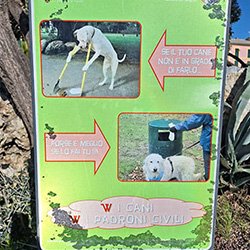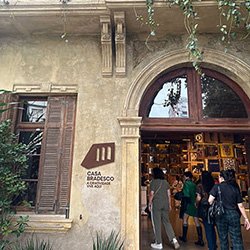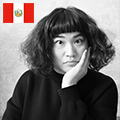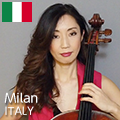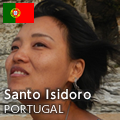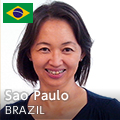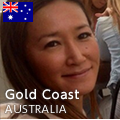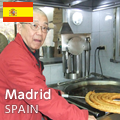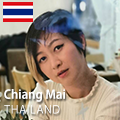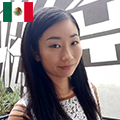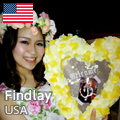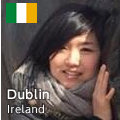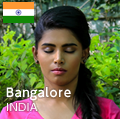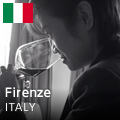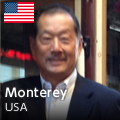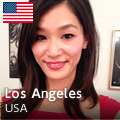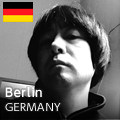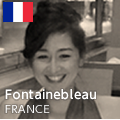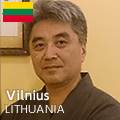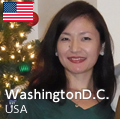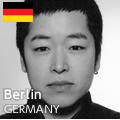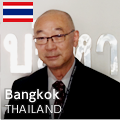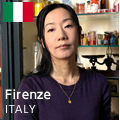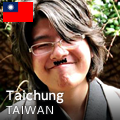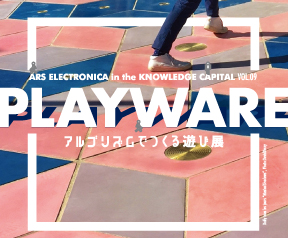The enso circle has many meanings in Zen philosophy, including wholeness of the heart and boundlessness. It can also represent a quiet moment to face one’s inner self. Almost everyone who visited the booth protested that it would be impossible for them to draw the circle, but I assured them that all they had to do was adopt a childlike mind and create it however they wanted. This encouraged them to go with their feelings despite feeling self-conscious. A concentrated look inevitably came over their faces as they drew—many of them holding a calligraphy brush for the first time. I was struck by how many of them excitedly told me how fun it was, despite it being more difficult than they thought.
Once they had drawn the circle on their fan, I added some characters of their choice—causing everyone to burst into an unaffected smile. Words like “love,” “peace,” “dream,” and “family” were the most common. Some wanted the Japanese character for “luck,” “heart,” or “wind”. So many chose beautiful meanings like these, and I was delighted to see them taking pride in a piece of art that they had helped create.
People were lined up at my booth to make fans from morning until evening that day, with no break in the action despite it being a paid activity. I was reminded again of how much interest there is in Japanese culture among the people of Sydney, and there were so many moments where I felt calligraphy spark connections between people.
During breaks, you could also walk around and enjoy tasting all the different kinds of sake they had at the event, and there was a lively exchange between booths as well. Combining a Japanese cultural event with the delicious taste of sake created a true venue for cultural exchange. It ran from nine in the morning until nine at night—not short by any means—but there were so many fun things to do that the time flew by quickly. The participants were warm and friendly, making it a day of endless smiles.
The booth was a result of me teaming up with a group called The Zen Concept, and I am so grateful to have had the wonderful opportunity to be a part of it. Once again, I realized how sharing traditional Japanese calligraphy with the world could spark shared joy that transcended nationality and language.
Calligraphy is more than just letters and characters—it is a form of artistic expression that comes from the heart. I am more committed than ever to communicating the beauty of Japanese calligraphy and the richness of Japanese culture to the world.
















